
In 2023, Macy’s Fourth of July fireworks show exploded 60,000 shells above the East River in Manhattan. It was the first to also include a drone light show, in which 500 drones were used to create designs such as the U.S. flag and the Statue of Liberty.
Just two years ago, in 2023, 60,000 firework shells exploded above Manhattan’s East River as part of Macy’s Fourth of July show. The resulting air-pollutant levels were many times higher in the hours after the display than those seen when smoke from a Canadian wildfire had blanketed the area a month before.
This is concerning. While air pollution encompasses any kind of harmful substance in the air—including gases and other contaminants—one form of air pollution called particulate matter (PM) is extremely dangerous. Exposure to PM, especially smaller particles with a diameter of 2.5 microns or less (PM 2.5), can lead to cancer; heart problems; inflammation in the lungs; neurodegenerative conditions, such as Alzheimer’s disease, multiple sclerosis and Parkinson’s disease; and premature death. And people breathing contaminated air over the course of years are at even greater risk. This is thought to be due to the highly reactive components in particulate matter, which affect biological processes in the body. Recently, researchers showed that precisely these components disappear within hours and that previous measurements done days or weeks after an event that releases them, therefore, have completely underestimated the quantities in which they were present.
There is another reason for PM apprehension. The ability to interpret emotions or focus on performing a task is reduced by short-term exposure to particulate-matter air pollution, potentially making everyday activities—such as shopping at the grocery store—more challenging.
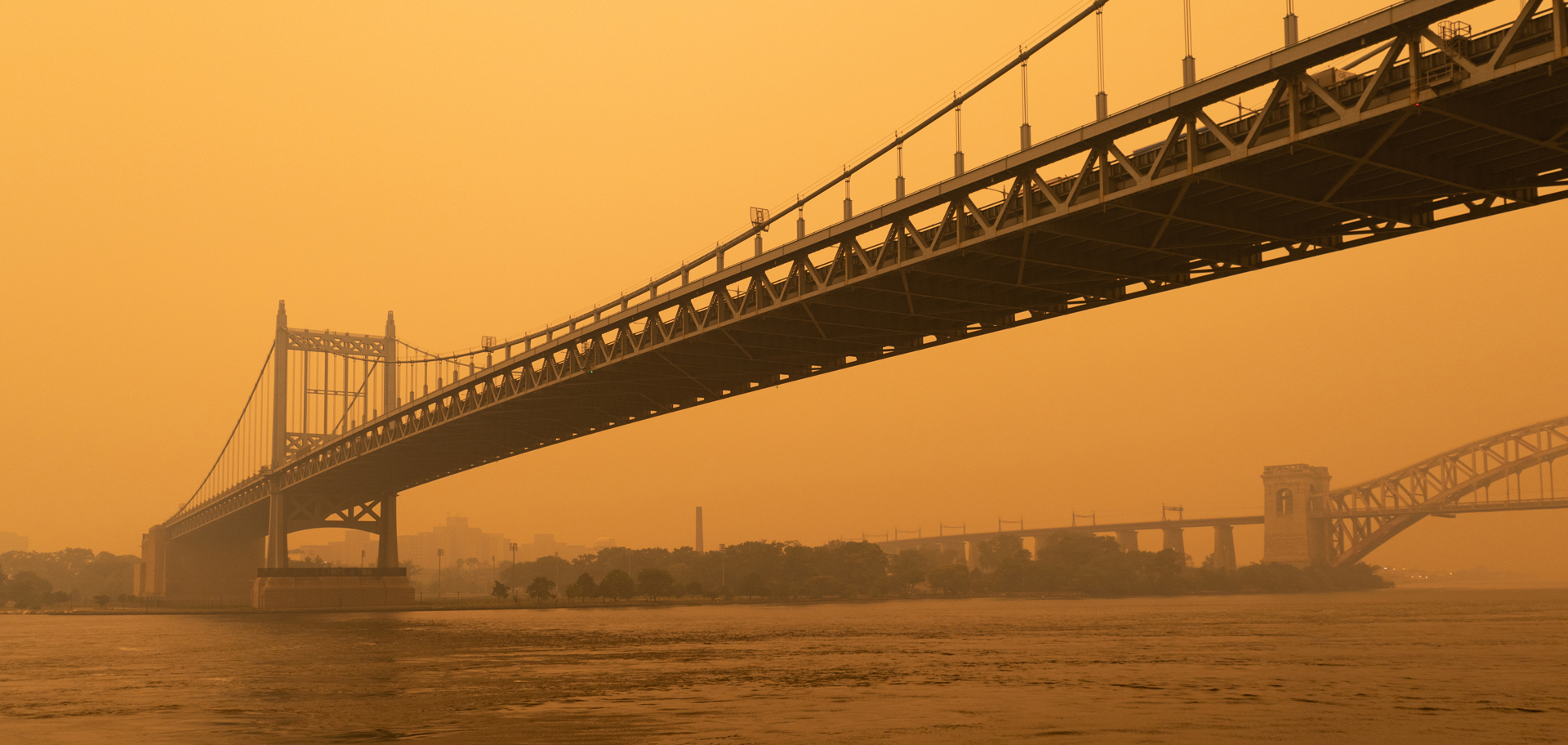
New York City’s average daily fine-particle concentration is 15 micrograms per cubic meter. It rose to 460 micrograms per cubic meter in June 2023, due, in part, to wildfires in Canada.
But we can do something about protecting the air we breathe, and a city in England serves as inspiration. After a “low emission zone” (LEZ) was instituted in Greater London, there was an 18.5% reduction in sick-leave days compared to areas in England without LEZs.
New York City’s fireworks prompt an air-pollution surge
Major firework displays can create a temporary spike in air pollution that may pose a health risk to both humans and the environment, state researchers from New York University’s Grossman School of Medicine. Their findings, published in the Journal of Exposure Science & Environmental Epidemiology in August 2024, show how firework pollution lingers and travels after the initial event.
To conduct the study, scientists measured air quality just before and after New York’s 2023 Independence Day bash, one of the largest in the United States. Tiny particles of hazardous metals and organic compounds peaked at 3,000 micrograms per cubic meter at an air-sampling site near the show and topped 1,000 micrograms per cubic meter at two other nearby locations. By comparison, New York City’s average daily fine-particle concentration is 15 micrograms per cubic meter. It reached 460 micrograms per cubic meter from the wildfire smoke in June 2023. The team also found that air quality took several hours to return to baseline levels for most sampling sites, with those closest to the display, such as in Midtown Manhattan, taking as long as 12 hours.
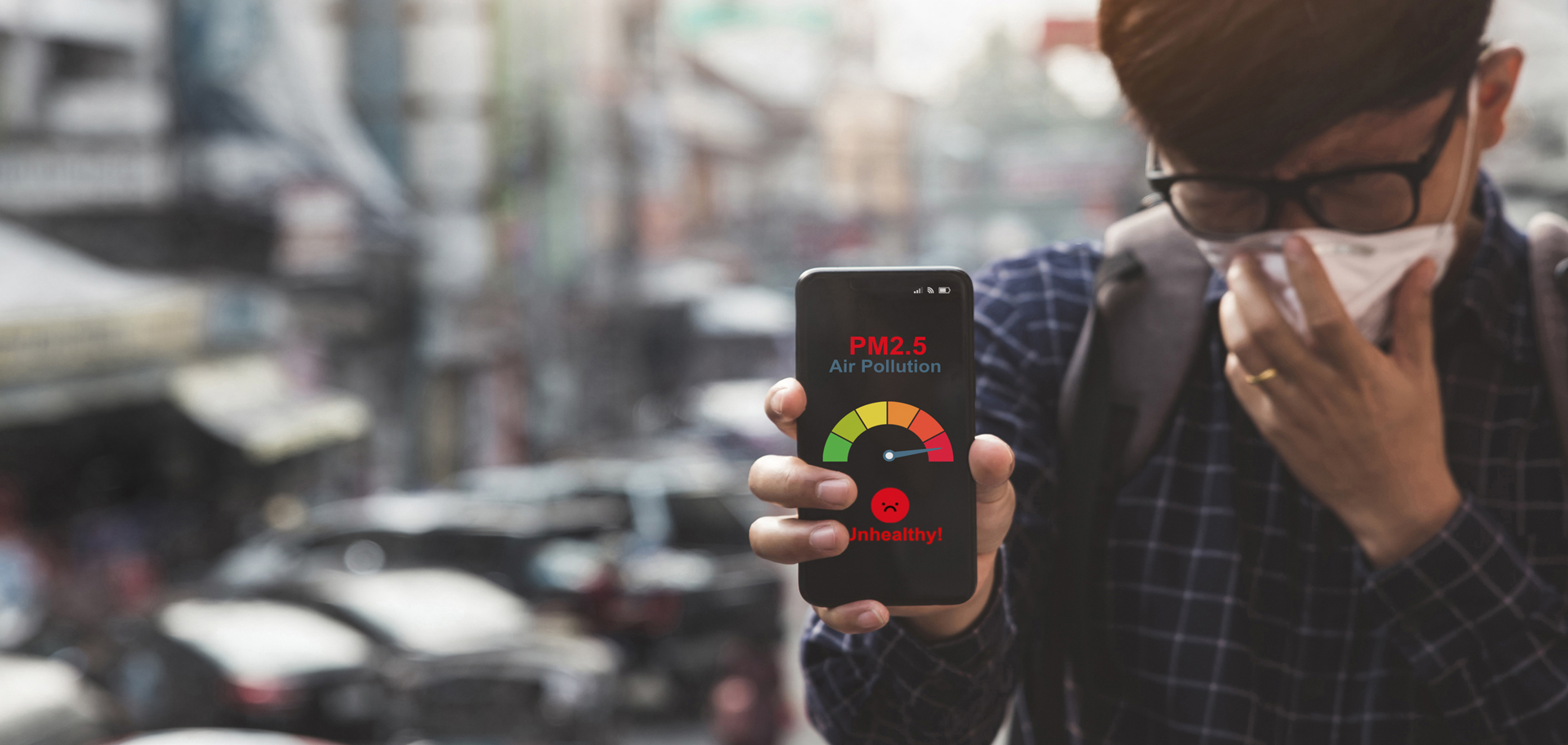
Exposure to particulate matter in the air, especially smaller particles with a diameter of 2.5 microns or less, can lead to cancer, heart problems, inflammation in the lungs and even premature death.
In addition to fine-particle air pollutant increases, water samples collected from the East River had more than double the levels of metals sometimes used to give fireworks their vibrant colors—such as antimony, lead and nickel—than before the celebration. Notably, the researchers had shown in earlier experiments using human tissue and rodents that lung exposure to such emissions can lead to oxidation, a chemical process in the body that may damage or even kill cells if left unchecked.
In a 2020 study by the same team, the authors analyzed 14 years’ worth of air-quality samples taken at dozens of sites across the United States by the Environmental Protection Agency (EPA). They found that levels of toxic metals were higher in samples collected around Independence Day and New Year’s Eve than at any other time of the year. Past research from other experts has also assessed pollution from firework displays in other countries and has connected such exposure to lung problems such as asthma, chronic obstructive pulmonary disease and pneumonia.
For the research, the team collected air-quality samples using real-time monitors at four residential sites along the East River near the display launch site in Manhattan and in Long Island City in Queens. To confirm the monitors’ findings, the investigators analyzed hourly air-quality data from both EPA monitors within a six-mile radius of the show’s launch sites and a network of low-cost particle monitors set up less than a mile away.
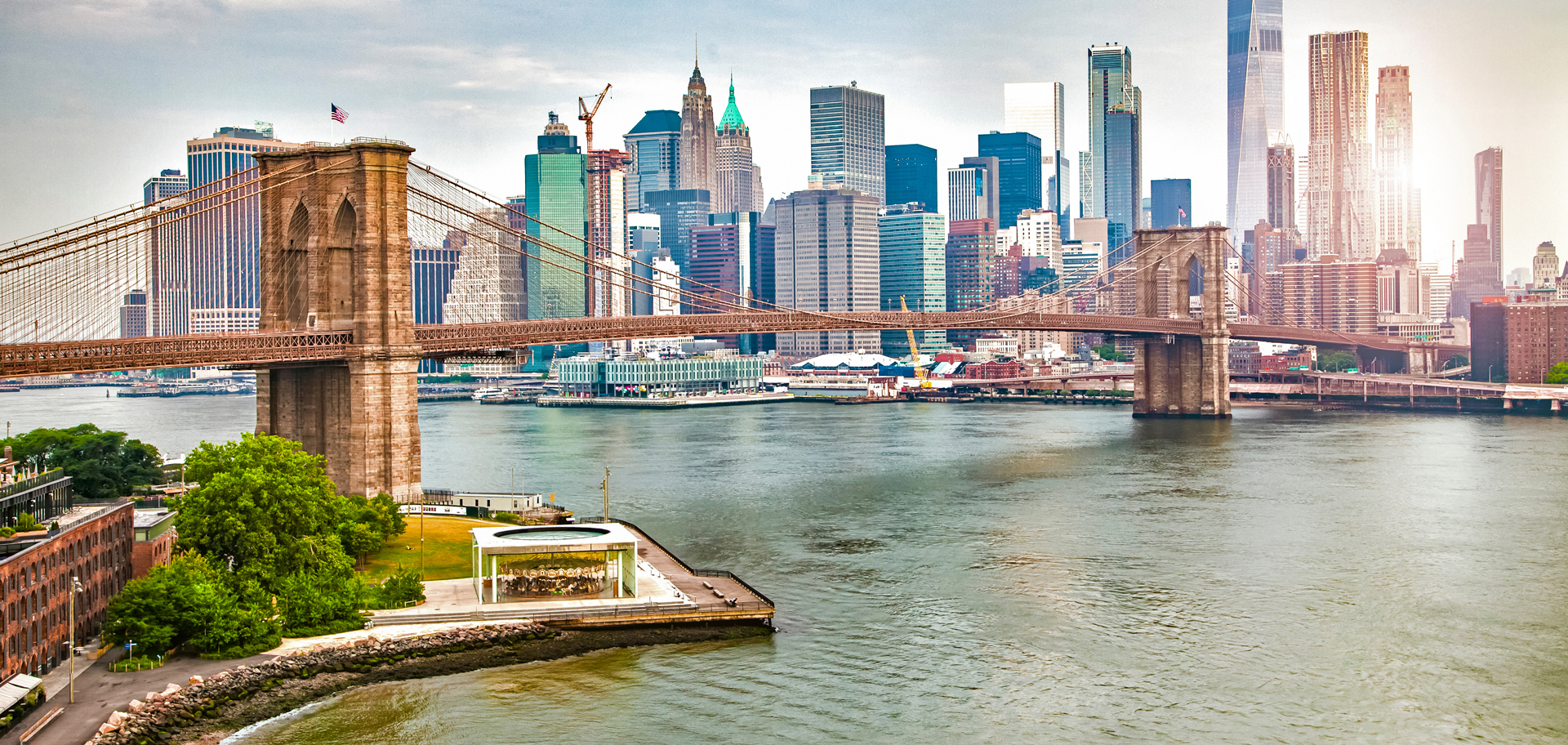
Water samples collected from Manhattan’s East River near the fireworks display launch site in 2023 had more than double the levels of metals sometimes used to give fireworks their vibrant colors—such as antimony, lead and nickel—after the event than the river had before the celebration.
Assessing data from EPA monitoring sites in other major cities, the team also documented increases in pollutant levels in Boston, Philadelphia and Washington, D.C., which like New York, showed elevated pollutant levels that lasted between three and 12 hours before returning to baseline.
The 24-hour average of airborne particles estimated in the study was 25 micrograms per cubic meter, which falls within the EPA’s health guidelines (35 micrograms per cubic meter), although it does surpass those set by the World Health Organization (15 micrograms per cubic meter).
Harmful substances in particulate matter are higher than thought
While the World Health Organization estimates that more than 6 million deaths a year are caused by increased exposure to particulate matter, the chemical composition of these tiny particles in the air is highly complex. Which particles trigger which reactions and long-term diseases in the body is the subject of intensive research.
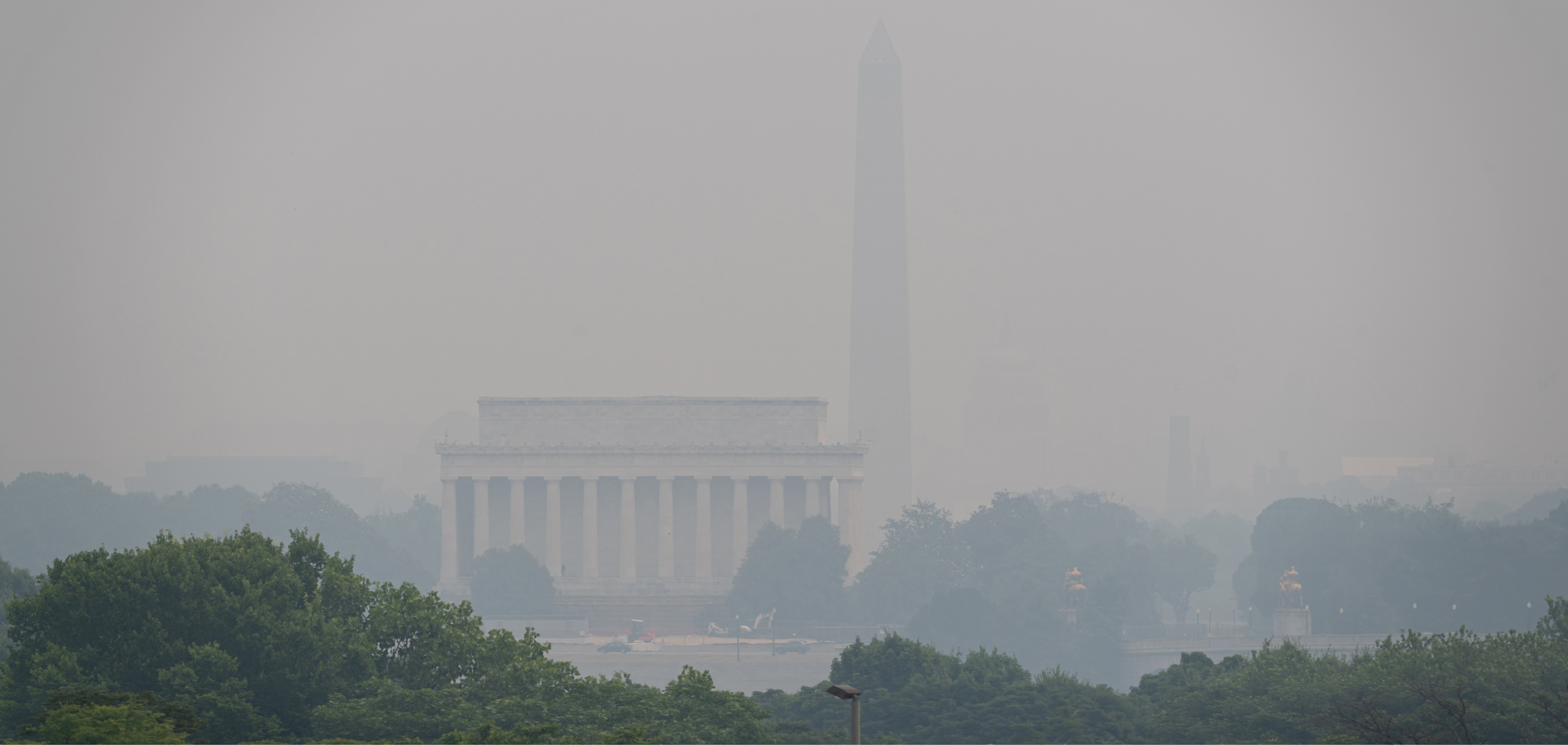
In summer 2023 in Washington, D.C., smoke from Canadian wildfires and from fireworks displays increased particulate matter and pollutant levels in the air. The effect lasted between three and 12 hours before returning to baseline.
Previously, experts collected particulate matter on filters and analyzed the particles following a delay of days or weeks. But since these reactive oxygen species react with other molecules so quickly, they should be measured without delay, reasoned researchers from the University of Basel in Switzerland. So, they recently investigated some particularly reactive components known to experts as oxygen radicals or reactive oxygen species. These compounds can oxidize biomolecules inside and on the surface of cells in the respiratory tract, damaging them and, in turn, triggering inflammatory responses that impact the entire body.
The scientists in Switzerland developed a new method for measuring particulate matter within seconds. This involves collecting the particles directly from the air in a liquid, where they come into contact with various chemicals. Within this solution, the oxygen radicals then react and produce quantifiable fluorescence signals.
In a paper that was published in the journal Science Advances in March 2025, the University of Basel team reports that measurements taken with the new method reveal that 60% to 99% of oxygen radicals disappear within minutes or hours. Previous analyses of particulate matter based on filter deposition, therefore, delivered a distorted image. The real proportion of harmful substances in the particulate matter is significantly higher than previously assumed.

A Switzerland science team has developed a new method for measuring particulate matter within seconds. By measuring the proportion of highly reactive, harmful components more accurately and reliably, we should be able to adopt better air-protection measures.
Moreover, further laboratory analyses with epithelial cells from the lungs provided evidence that the short-lived, highly reactive components of particulate matter have a different effect than that of the particles analyzed using the previous, delayed measurements. The short-lived reactive components in particles triggered different and stronger inflammatory responses.
The researchers state that they hope their measuring the proportion of highly reactive, harmful components more accurately and reliably will aid in adopting better protective air-quality measures.
Air pollution clouds the mind
Globally, the air pollutant most responsible for human health effects is particulate matter in the 2.5 size range. In 2015, some 4.2 million deaths were attributed to PM with diameters less than 2.5 alone. Currently, the World Health Organization recommends that 24-hour and annual limits of PM 2.5 should not exceed 15 and 5 PMs, respectively.

Even brief exposure to high concentrations of particulate matter in the air may impair a person’s ability to focus on tasks, such as attending to a shopping list while ignoring other products and resisting impulse buys in the supermarket.
In a recent article, published in the journal Nature Communications in February 2025, researchers from England’s University of Birmingham and University of Manchester reveal that selective attention and emotion recognition were also negatively affected by air pollution—regardless of whether subjects breathed normally or only through their mouths.
To conduct their work, the scientists exposed study participants to either high levels of air pollution—using candle smoke—or clean air, testing cognitive abilities before and four hours after exposure. The tests measured emotion recognition, psychomotor speed, selective attention, sustained attention and working memory.
Cognitive functioning encompasses a diverse array of mental processes crucial for everyday tasks. For example, socio-emotional cognition, which involves detecting and interpreting emotions in oneself and others, helps guide socially acceptable behavior. Selective attention helps decision-making and goal-directed behavior, such as prioritizing items on your shopping list—while ignoring other products and resisting impulse buys—when in the supermarket. Working memory serves as a temporary workspace for holding and manipulating information, vital for jobs requiring simultaneous processing and storage, and essential for those that demand multitasking, such as planning a schedule or juggling multiple conversations. Although these are separate cognitive skills, they work together to enable the successful completion of tasks, both at work and in other aspects of life.

An English study is the first to experimentally manipulate inhalation routes of PM air pollution, providing valuable insights into how different pathways affect cognitive functions. Researchers hope to explore the long-term impacts, especially on vulnerable populations like children.
Results showed significant reductions in emotion recognition and selective attention after enhanced-PM versus clean-air exposure. Air quality did not significantly impact psychomotor speed or working memory performance. This indicates that some brain functions are more resilient to short-term pollution exposure. Inhalation method did not significantly mediate effects, suggesting that short-term PM pollution affects cognitive function through lung-brain mechanisms, either directly or indirectly.
The researchers conclude that their study provides compelling evidence that even short-term exposure to particulate matter can have immediate negative effects on brain functions essential for daily activities. Poor air quality undermines intellectual development and worker productivity, they say, with significant societal and economic implications in a high-tech world reliant on cognitive excellence. And, reduced productivity impacts economic growth, further highlighting the urgent need for stricter air-quality regulations and public health measures to combat the harmful effects of pollution on brain wellness, particularly in highly polluted urban areas. Overall, the study highlights the need for further research to understand the pathways through which air pollution affects cognitive functions and to explore the long-term impacts, especially on vulnerable populations like children and older adults.
London’s low emission zones save lives and money
We know that clean air makes for happier, healthier and more productive communities. And new research from England’s University of Bath bears this out: Greater London’s clean-air policies—including Low Emission Zones (LEZs) and Ultralow Emission Zones (ULEZs)—are not only improving the city’s environment but are also delivering significant measurable public health and economic benefits.
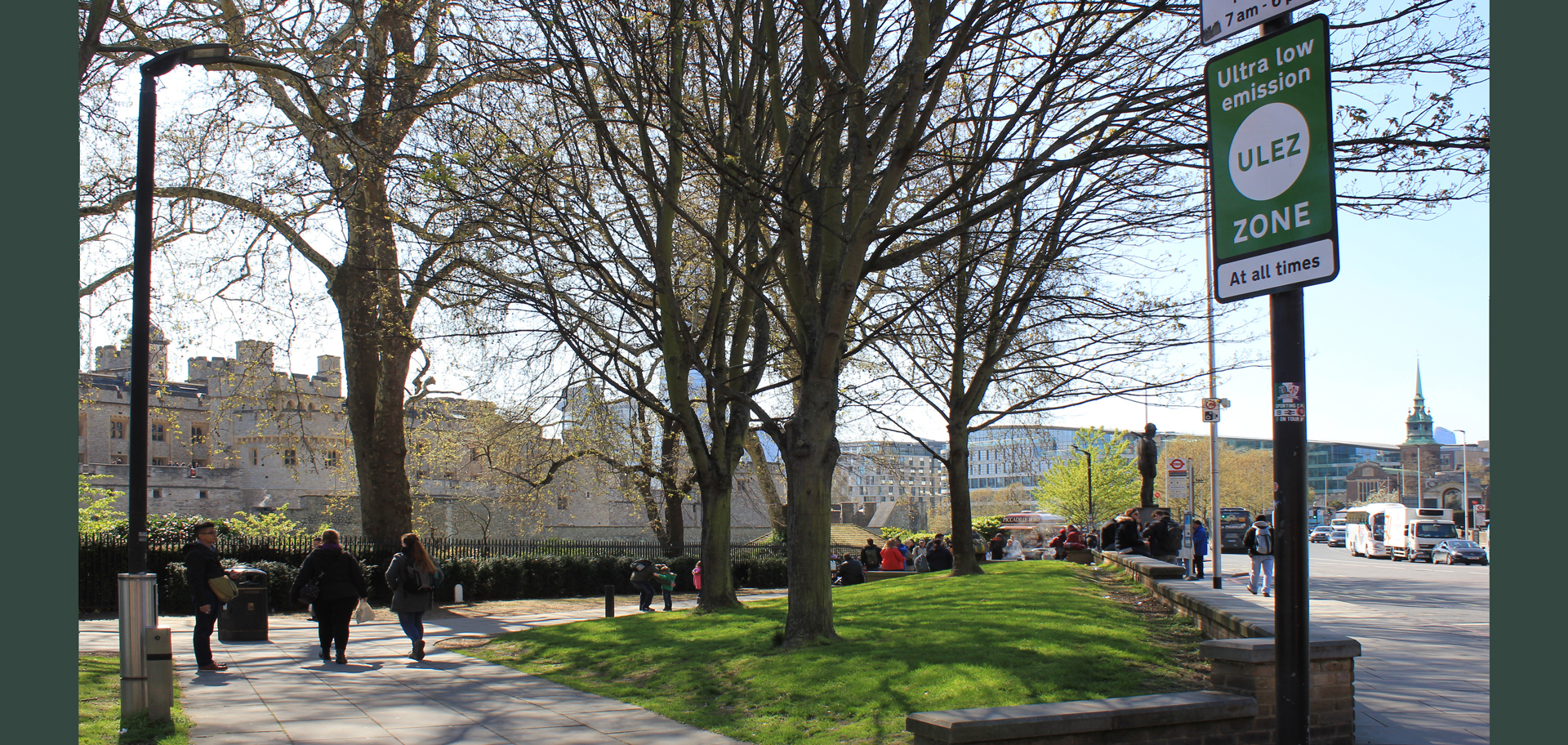
The introduction of ultralow emission zones (ULEZs) in London significantly reduced harmful air pollutants like nitrogen dioxide and particulate matter, resulting in a dramatic drop in sick leave, improved mental well-being and substantial cost savings.
A study, published in the Journal of Economic Behavior & Organization and which includes an analysis of more than a decade of data from Greater London and Central London, found that the introduction of an LEZ in 2008 and an ULEZ in 2019 significantly reduced harmful pollutants like nitrogen dioxide (NO2) and particulate matter (PM 10), resulting in a dramatic drop in sick leave in Greater London, improved mental well-being and substantial cost savings.
Key findings in Greater London compared to areas in England without low-emission zones include:
• an 18.5% reduction in sick leave following LEZ implementation;
• a 6.8% drop in the incidence of health problems;
• a 10.2% decrease in respiratory issues;
• reported improvements in happiness and life satisfaction, and reduced anxiety;
• an annual public health savings of over £37 million, driven by fewer respiratory illnesses and reduced job absenteeism.
The data shows that when LEZs were tightened in Phase 2 (July 2008), NO2 levels dropped by 5.8% and PM 10 by 9.7%. ULEZs, the strictest policies of their kind globally, delivered even greater reductions: NO2 was down 21% and PM 10 was down 15%, estimated by comparing Central London to other areas outside Greater London before and after ULEZs were introduced.

The World Health Organization estimates that 4.2 million premature deaths happen globally each year due to air pollution. These findings signal the urgent need for clean air policies—similar to those put in place in London—to be instituted around the world.
These policies, say the researchers, are not just environmental wins. They’re also reducing labor-market absenteeism and improving Londoners’ feelings of satisfaction with their lives. Therefore, having a clean-air policy is smart policy: it protects health, saves money and enhances quality of life—making the case for creating clean-air initiatives around the world stronger than ever.
July 4th celebrations can be enjoyed
The firework shows that you plan to attend this July 4th can be appreciated. Wearing an N95 or KN95 mask will help you, your children, and those with preexisting heart and lung problems avoid inhaling smoke when at events that release particulate matter.
To further minimize the impact of Fourth of July fireworks, you can:
• Choose lower-risk alternatives. Opt for choreographed light shows, confetti cannons or drone displays. Choreographed light shows use lasers and lights to create a visual spectacle without releasing harmful pollutants. Confetti cannons release biodegradable confetti, providing a festive atmosphere without polluting the air. Drones can be programmed to create dynamic light patterns in the sky. For younger children, bubbles and glow sticks are colorful and fun alternatives.
• Be mindful of your surroundings. Watch fireworks from a safe distance and go upwind to avoid breathing in the smoke. If the air quality is poor, stay indoors, and close the windows and doors. Use air purifiers to filter indoor air.
• Avoid physical activity. Minimize strenuous activity during periods of poor air quality, especially when particulate matter is being released.
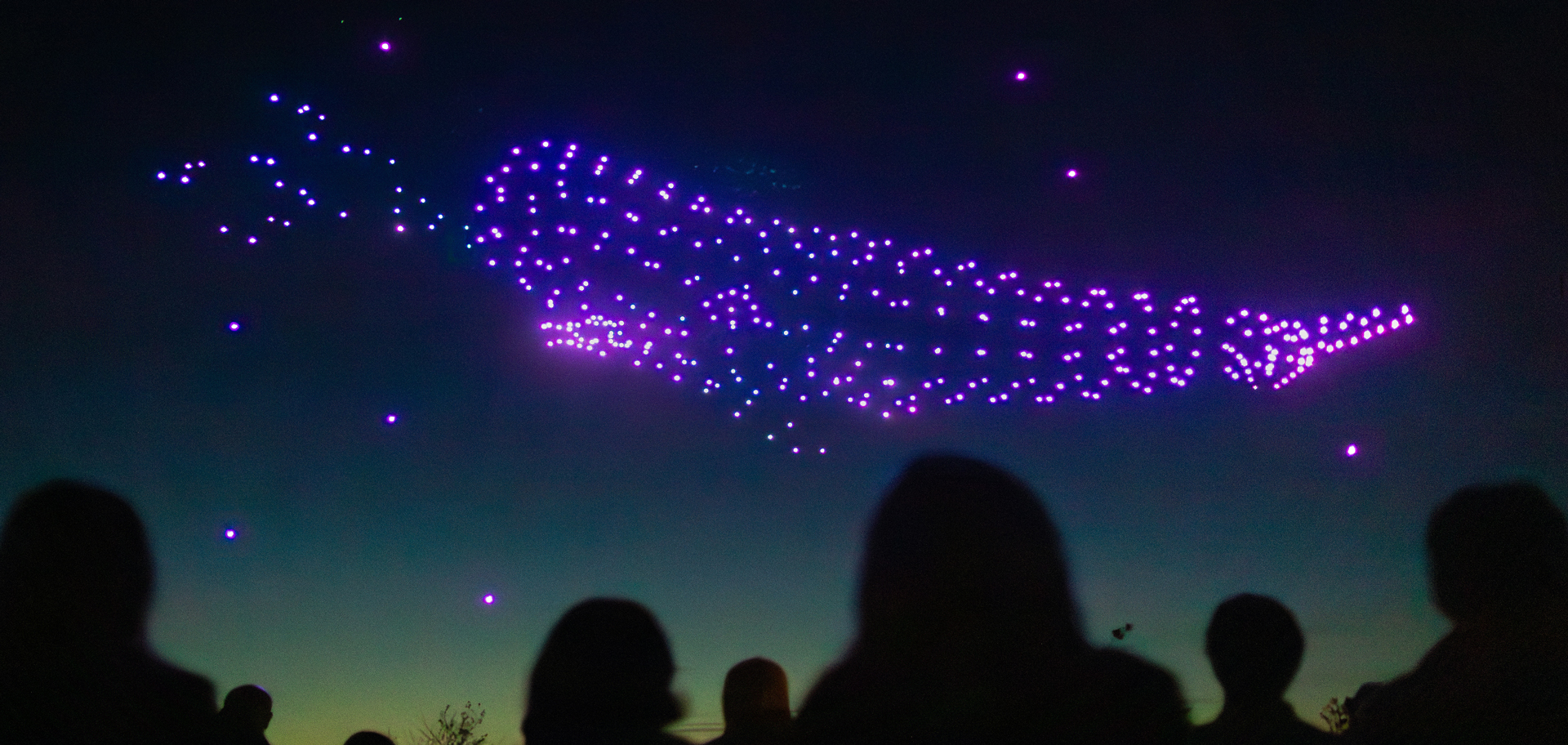
You can enjoy fireworks displays, but be aware of their potential impact on air quality and take precautions to protect your health and that of the environment. Alternatively, look for celebrations in your neighborhood that feature light shows.
I wish you a happy Fourth of July—one that protects your health and that of the environment we all depend on.
Here’s to finding your true places and natural habitats,
Candy
The post July 4th Fireworks Fill the Sky with Lights—and Pollutants first appeared on Good Nature Travel Blog.